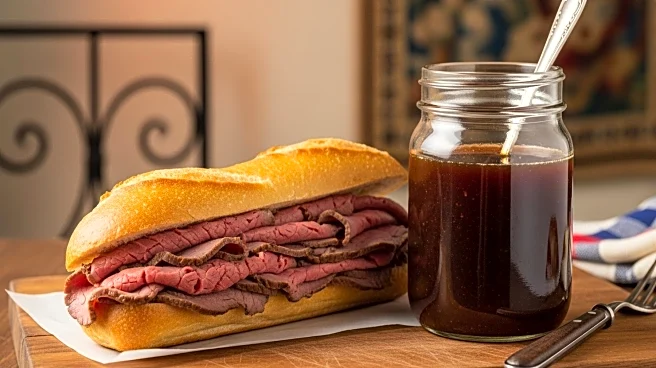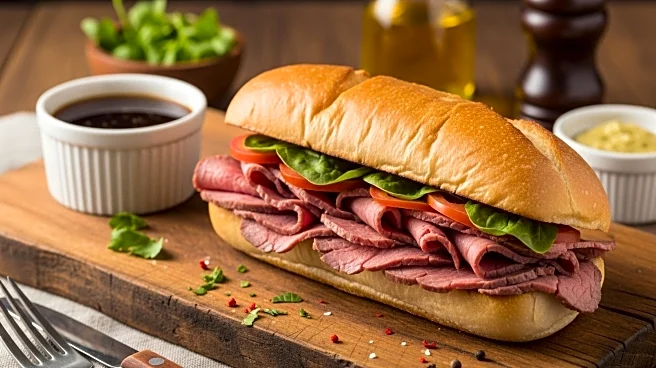The sloppy joe is a sandwich that has left a lasting influence on American cuisine, offering a simple yet satisfying meal that has captured the hearts of many. Its influence is marked by its intellectual and cultural impact, policy or industry effects, global vs. U.S. reach, and critiques and debates. By exploring these aspects, we can gain a deeper understanding of the role the sloppy joe plays in American culinary traditions.
Intellectual and Cultural Influence
The intellectual and cultural influence of the sloppy joe is evident in its widespread popularity and enduring presence in American cuisine. As a dish that has been embraced by generations, it has become a staple in school lunches and family gatherings, often evoking nostalgia for simpler times. Its role as a comfort food highlights its importance in American social life, where it serves as a communal dish that brings people together.
Policy or Industry Effects
The policy or industry effects of the sloppy joe are marked by its adaptability and versatility, which have allowed it to remain relevant and popular across generations. Variations of the sandwich exist, incorporating different meats and seasonings to cater to diverse tastes. Additionally, the development of canned sauces like Manwich in 1969 further popularized the sandwich, making it even more accessible to home cooks.
Global vs. U.S. Reach
The global vs. U.S. reach of the sloppy joe is characterized by its presence in North America, where regional variations of the sandwich exist. In Quebec, sandwiches of stewed ground beef such as pain à la viande are served on hot dog buns, while in Rhode Island, the "dynamite" sandwich includes onions, bell peppers, and celery. These variations highlight the versatility of the sloppy joe, allowing it to remain relevant and popular in different regions.
Critiques and Debates
Critiques and debates surrounding the sloppy joe often focus on its simplicity and unremarkable nature. However, the sandwich offers a complex combination of flavors and textures that have made it a beloved comfort food. Its adaptability and versatility have allowed it to cater to diverse tastes, showcasing the creativity inherent in American cooking.
 Discover Daily • 9 min read
Discover Daily • 9 min read 








